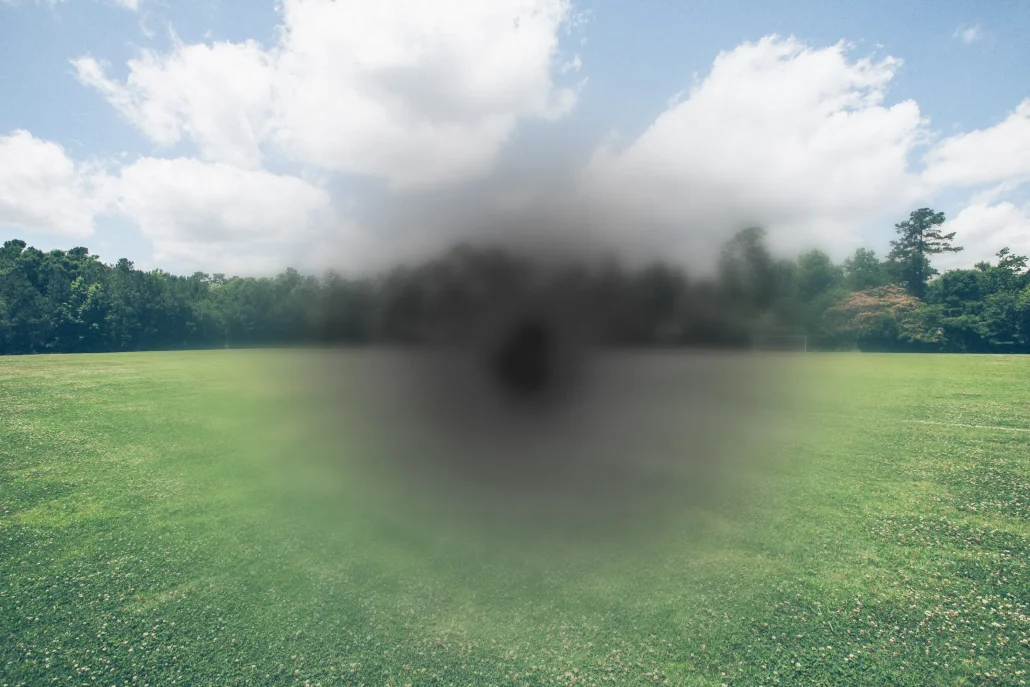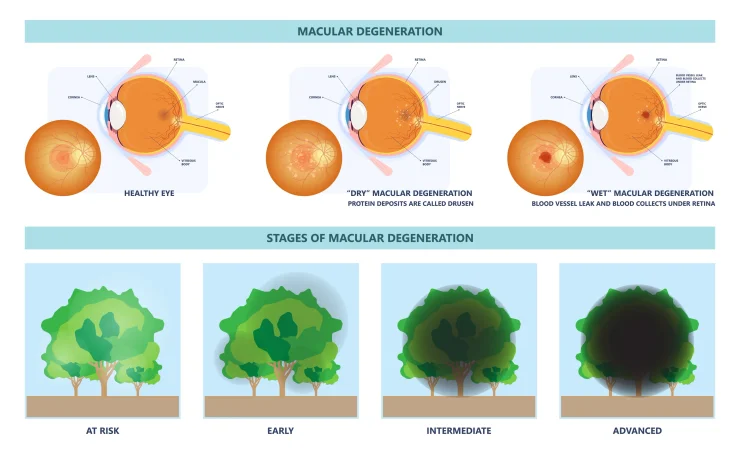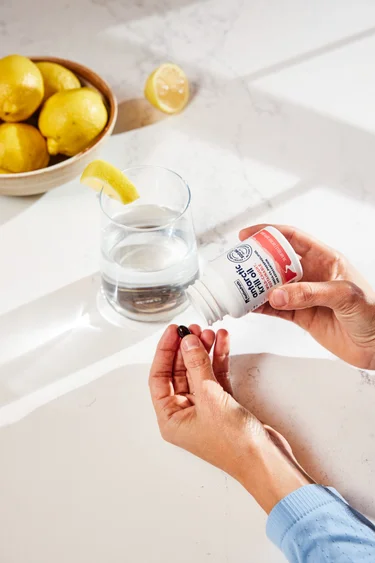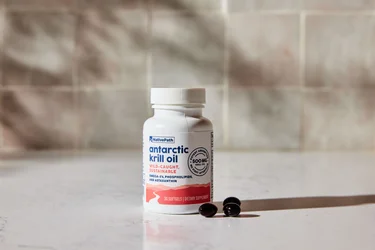Macular degeneration affects more than just your vision: this notorious disease can rob you of some of life’s most treasured joys.
Going through daily life with blurred vision or a full-on blind spot can make it difficult to recognize the faces of those you love, navigate in the dark, or even enjoy watching a movie at home on the couch. In some cases, you may even experience disorienting hallucinations as your brain tries to compensate for what your eyes can no longer capture (1).
Unfortunately, this debilitating condition is painfully common. As of 2019, an estimated 19.8 million Americans who were 40 or older (that’s 12.6% of them) were living with age-related macular degeneration.
You deserve to be able to see. Here’s what to know about the two different types of age-related macular degeneration, their main cause, and how to treat it naturally.






